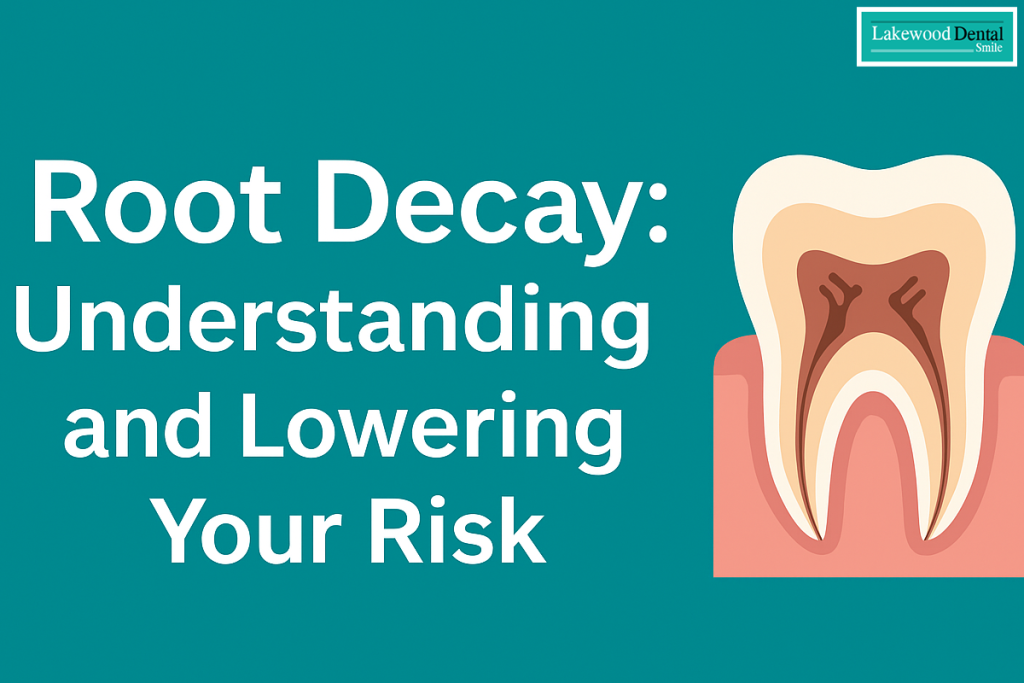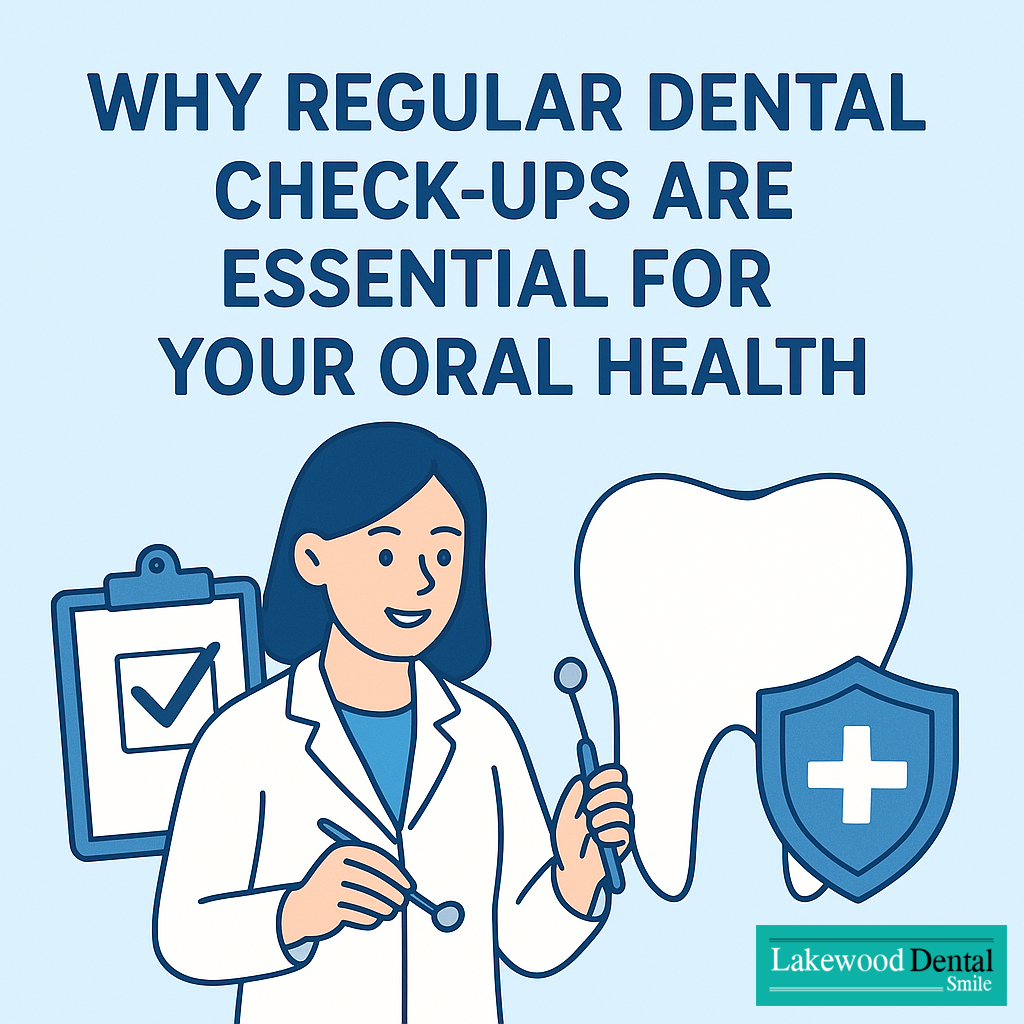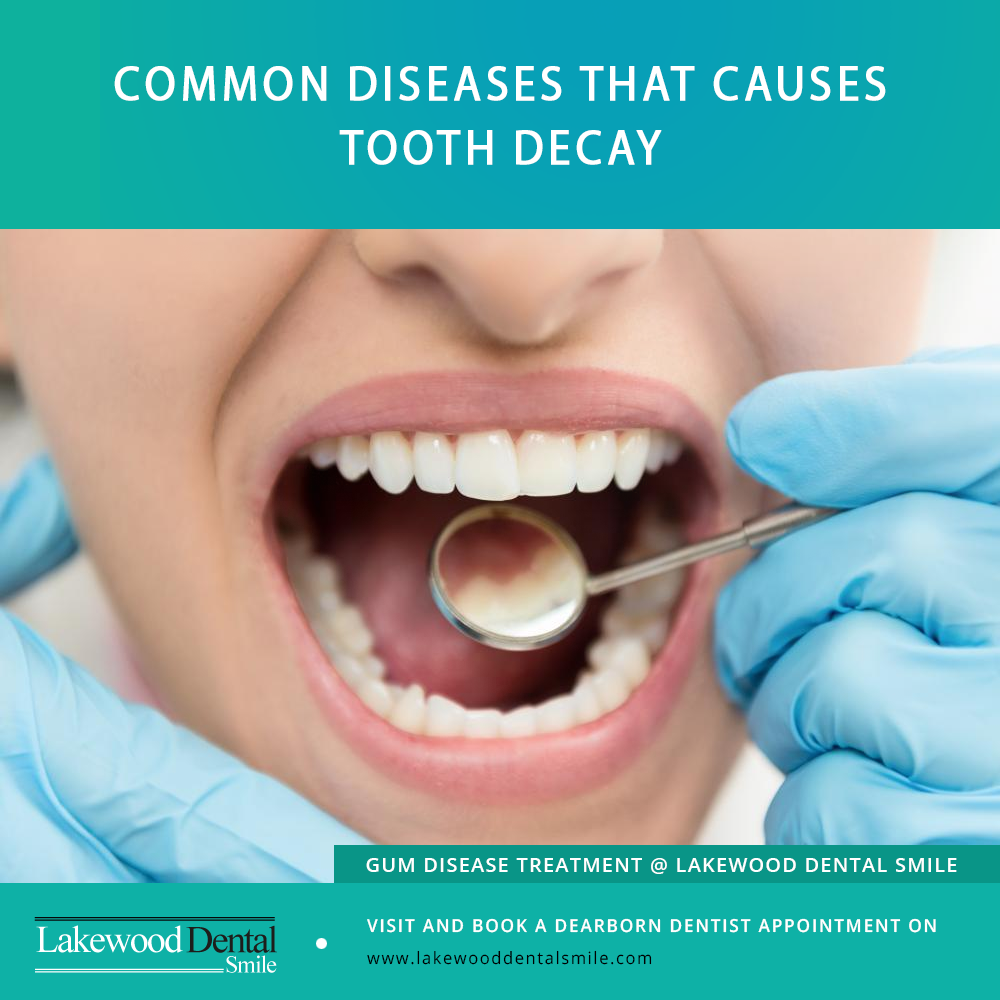Root decay occurs when cavities form on the root surface of your teeth. While the roots are normally protected by gums, exposure due to gum disease, receding gums, or age-related changes makes this area vulnerable to decay. Understanding the causes and preventive strategies is essential for maintaining a healthy smile.
Root decay is often overlooked because patients typically focus on visible enamel surfaces. However, decay along the root can silently damage the tooth over time, making early awareness and preventive care critical for maintaining long-term oral health.

How Root Cavities Differ from Regular Cavities
Root cavities are different from typical cavities in several ways. The root surface is softer than enamel, allowing bacteria and acids to penetrate more easily. Decay in these areas often progresses faster and can reach the inner pulp of the tooth sooner, sometimes requiring complex interventions like fillings, crowns, or root canal therapy.
Additionally, patients may not notice any symptoms until significant damage has occurred. Subtle signs, such as mild sensitivity or slight gum irritation, are easily missed, emphasizing the importance of regular dental exams and X-rays to detect problems early.
If left untreated, root decay can:
- Spread into the tooth’s inner structures, causing pain and infection.
- Weaken the tooth, making it prone to fractures.
- Increase the likelihood of serious dental complications, including tooth loss.
Why Older Adults Are at Higher Risk
Root decay is particularly common among seniors due to several factors:
- Exposed root surfaces: Age-related gum recession exposes vulnerable areas.
- Dry mouth: Medications and medical conditions often reduce saliva flow. Saliva helps neutralize acids and wash away bacteria, so reduced saliva increases the risk of decay.
- Long dental history: Teeth that have endured decades of wear, restorations, and minor injuries are more susceptible to root decay.
Gum recession in older adults exposes the roots to bacteria and acid, increasing susceptibility to decay. Combined with decreased saliva flow and longer dental histories, these factors make preventive care and early detection critical.
How to Lower Your Risk of Root Decay
Preventive care is the most effective way to protect your teeth from root decay. Key strategies include:
- Brushing after meals with fluoride toothpaste to strengthen teeth.
- Rinsing with antibacterial mouthwash to reduce harmful bacteria.
- Limiting snacking and sipping, especially sugary or acidic drinks.
- Choosing tooth-healthy foods, such as fruits, vegetables, and dairy products.
- Professional fluoride or antibacterial treatments when recommended by your dentist.
- Managing dry mouth by drinking water frequently or using sugar-free lozenges and avoiding sugary candies.
- Using a soft-bristled toothbrush to prevent gum irritation and further root exposure.
- Chewing sugar-free gum to stimulate saliva flow, which naturally protects teeth.
- Regular dental cleanings to remove plaque that can attack exposed roots.
- Routine dental visits for exams and X-rays to catch early signs of decay.
Protect Your Smile
Root decay can progress quickly, but consistent preventive care allows you to maintain strong, healthy teeth. Proper oral hygiene, regular checkups, and attention to risk factors like gum recession and dry mouth protect not only your roots but your overall oral health.
Implementing these preventive measures consistently ensures that teeth remain strong, gums stay healthy, and the risk of painful or costly dental procedures is minimized. Healthy roots support stable teeth, reduce the risk of tooth loss, and allow you to eat, speak, and smile comfortably for years to come.
At Lakewood Dental Smile in Dearborn, Michigan, our expert team provides advanced dental care in a welcoming and patient-friendly environment. We offer personalized guidance, professional treatments, and follow-up care to help patients prevent root decay and maintain a confident, healthy smile.
Schedule your appointment today to safeguard your teeth and take proactive steps toward lifelong oral health.




